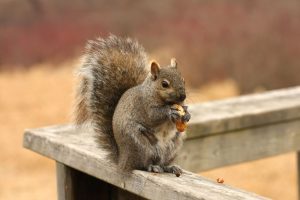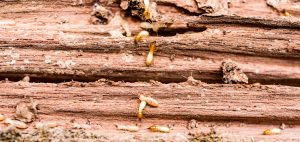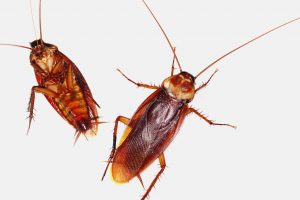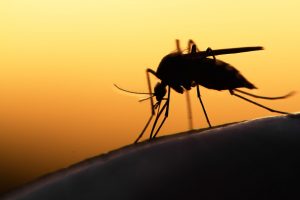
Spittlebugs, tiny insects that feed on herbaceous plants, pine trees, and redwood trees, can damage gardens, crops, and trees. Unfortunately, while the damage they cause is often easily visible, the bugs themselves are difficult to spot. How can you protect your garden from these pesky insects? Fortunately, there are steps you can take to prevent spittlebugs from taking over your property.
Description
In the summer, adult spittlebugs lay their eggs in garden beds and around the bases of plants. There, the eggs overwinter and then hatch in the spring. Before becoming adults, the spittlebugs go through five stages, and are fairly destructive in each. In the first stage, spittlebugs begin feeding on their chosen plants, extracting the sap (and therefore the nutrients) from the leaves of plants and of trees such as pines and redwoods. In each stage the bugs change colors, from green to white to tan to dark brown. These wingless creatures are so small that many gardeners rarely see them, even when they are at the height of their feeding.
Spittlebugs are very good at hiding, and will conceal themselves underneath leaves, in the soil, and within plant debris. They also secrete a fluid that surrounds their tiny, oval bodies. This fluid becomes white and foamy, and keeps their body temperature regulated. It also protects them from predators. This is where the term “spittlebug” comes from, as the foam is often called spittle by insect and garden enthusiasts. These insects are often seen in small numbers, and rarely cause large infestations. Nevertheless, they do occasionally infest large areas, causing more than usually widespread damage.
Spittlebug Control
In normal circumstances, the presence of spittlebugs does not signal a need for chemical intervention. Generally they can be controlled by simple crushing with bare hands or garden tools, although a large infestation may be more difficult to manage. Hosing the insects with water can help, especially if they are inhabiting a tree or wooded area. However, if spittle bugs are infesting your vegetable plants, you may not wish to use this method, as plants may die when dowsed with water. Other harmful insects may also be attracted to the increased moisture, which will only increase insect trouble. If a plant has become too infested, it is best to remove and destroy the plant from the garden and till the soil to decrease spittlebug egg populations.
If your garden has a full-blown infestation and your plants or trees are covered or difficult to reach, pesticides may be necessary. Due to the relatively small sizes of the bugs, many commercial pesticides will kill spittlebugs. If spittlebugs have infested your food crops, seek the advice of a professional pest control service. Trees also need a special level of care, so it is very important to work with an experienced and knowledgeable individual or company that can handle the insects using the appropriate chemical and biological methods. Insecticidal soaps can be used in many cases on leaves, and may also help to fight off other garden insects.





